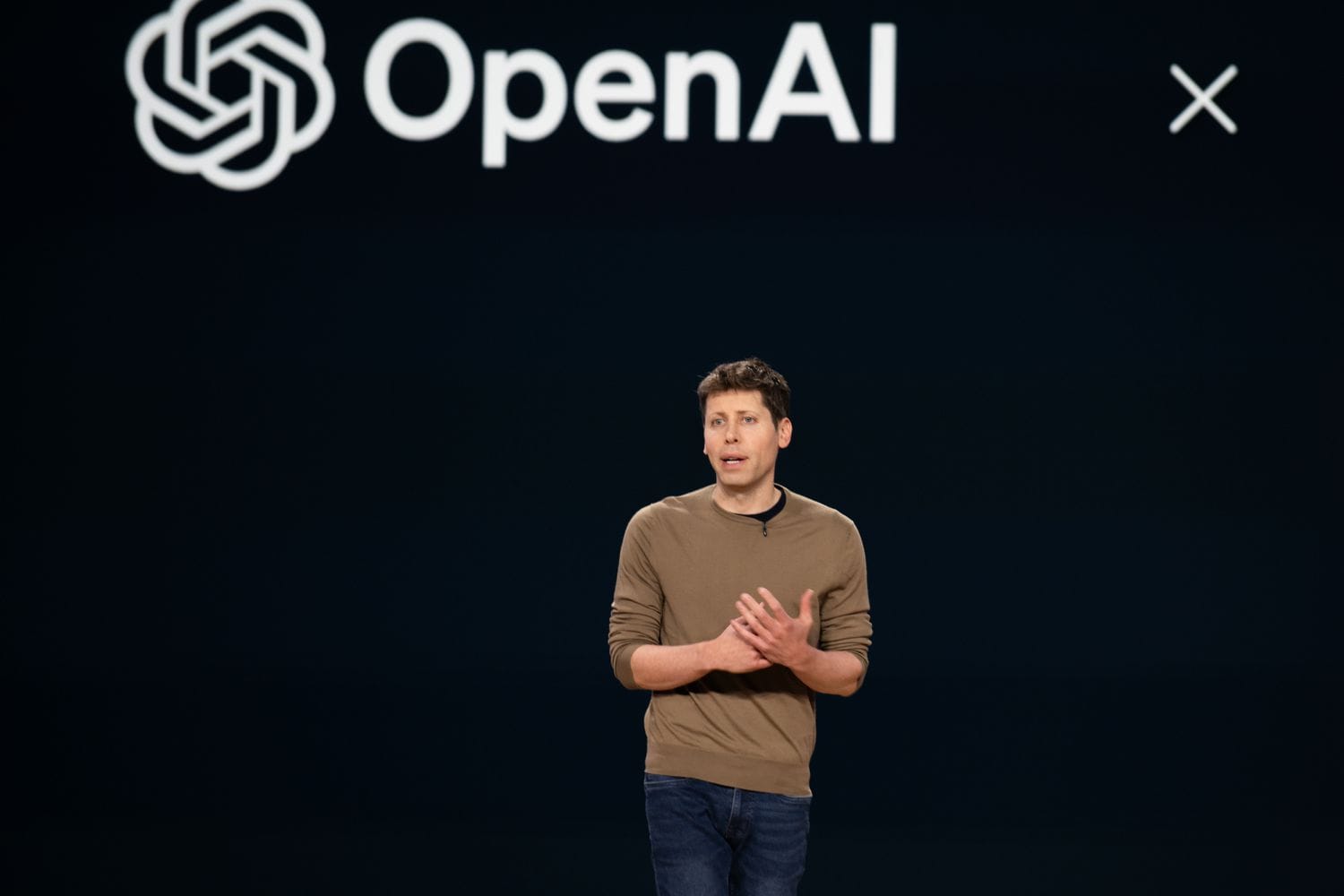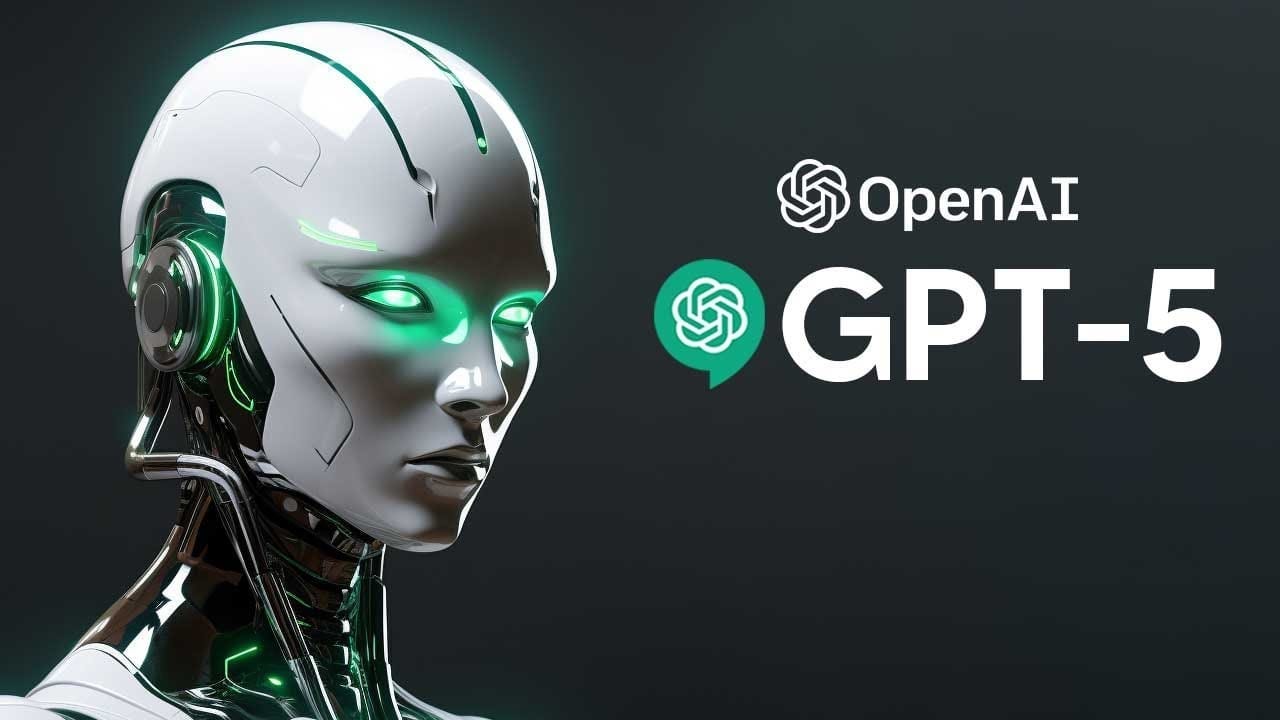How to Make Your Startup Succeed Using the OpenAI Playbook for ChatGPT
Discover how entrepreneurs can leverage the latest advancements in AI, as highlighted by Sam Altman. Learn practical steps to integrate AI into your startup, enhance innovation, and build enduring value.

In a recent presentation, Sam Altman shared valuable insights into the development and future of AI models, specifically focusing on the upcoming GPT-5. Altman’s talk covered a range of topics, emphasizing the continued improvement of AI, the exponential growth in computing power, and the vast opportunities for innovation. Here’s a detailed account of the key points discussed and relevant quotes from Altman.
General Improvement of Models
Sam Altman underscores that the most critical aspect of future AI models is their continuous improvement in general intelligence. This trend, observed from GPT-3 to GPT-4, is expected to continue with GPT-5. The models are becoming more innovative, robust, and safer, enhancing their utility and efficiency.
“The most important thing is that the models are just going to get smarter generally across the board.”
Exponential Growth in Compute Power
Altman highlighted a significant increase in the computing power used for training AI models since 2012. This exponential growth is a crucial driver behind the improvements in AI capabilities. He noted that we are far from reaching a plateau regarding the benefits of increased computing power.
“We are nowhere near the point of diminishing marginal returns on how powerful we can make AI models as we increase the scale of compute.”

Future Capabilities
While specific details about GPT-5 enhancements were not disclosed, Altman hinted at substantial improvements in the models' overall intelligence. These advancements will make the models more valuable and capable of handling a broader range of tasks.
“The underlying capability, this amazing emergent property of like we actually are seeming to increase the general capability of the model across the board, that’s going to keep happening.”
API Accessibility and Developer Involvement
Altman highlights a successful strategy of making AI capabilities accessible to developers through APIs. This approach has led to rapid adoption and innovative uses of the technology that the creators had not initially envisioned. The democratization of AI tools is crucial in driving progress and innovation.
“The really brilliant thing that you all have done is taken the exact same set of things and decided to make it available to any developer who’s able to sign up for an API key.”
Speed and Cost Efficiency
Altman discussed the improvements in speed and cost of using these models. For instance, GPT-4 saw a half-cost reduction and a doubling in speed, making it more accessible and practical for a wide range of applications.
“With GPT-4.0, we were able to bring the price down by half and double the speed.”
New Modalities and Voice Integration
New features, such as voice mode, have been introduced and proven surprisingly practical and well-received. This indicates the potential for integrating AI into various modalities and user interfaces.
“Voice mode has been actually a genuine surprise for me in how much I like the new voice mode.”
Importance of Safety and Robustness
Ensuring the robustness and safety of AI models is a priority. Altman discussed the extensive work involved in aligning AI models with safety standards to make them reliable for deployment in diverse scenarios. This includes ongoing research and development to improve the safety systems surrounding AI usage.
“When you use an AI model, you want to know it’s going to be robust and behave the way you want.”
Opportunity for Innovation
Altman underscores the current period as a fascinating time for innovation in AI, comparing it to previous technological shifts like the mobile boom and the advent of the internet. He advises developers to seize this moment to create new and impactful products.
“This is probably the most exciting time to be building a product, doing a startup, whatever it is, that we have seen at least since the mobile boom, and probably since the internet.”
Business and Product Development
Despite AI's transformative potential, Altman cautions that the fundamental principles of building a great product or service remain unchanged. AI is an enabler but does not eliminate the need for hard work and strategic planning in business development.
“AI alone is a new enabler but it does not automatically break the rules of business. You still have to figure out how you’re going to build enduring value in whatever you’re doing.”
Overall Outlook
Sam Altman’s statements paint an optimistic picture of the future of AI, with continuous advancements in model intelligence, new applications, and a significant impact on various industries. The emphasis on accessibility, safety, and innovation highlights the potential for AI to drive substantial changes in how technology is developed and utilized.

Insights and Implications for Entrepreneurs
The insights from Sam Altman’s presentation suggest several critical implications for the future of AI and its integration into various sectors. For entrepreneurs, these points provide a roadmap for leveraging AI in their ventures:
Accelerated Innovation
As AI models continue to improve, we can expect an accelerated pace of innovation across industries. Entrepreneurs should be prepared to harness these advancements to develop new products, services, and solutions that were previously unimaginable.
Democratization of AI
The focus on making AI tools accessible to developers and businesses of all sizes will democratize the technology. This enables a broader range of users to benefit from AI advancements, fostering increased competition, innovation, and diversity in AI applications.
Economic and Productivity Gains
Improvements in AI efficiency and cost-effectiveness will make it more feasible for businesses to integrate AI into their operations. This can result in significant economic and productivity gains, as AI can automate repetitive tasks, enhance decision-making, and unlock new revenue streams.
Enhanced Safety and Trust
Ensuring the robustness and safety of AI models is crucial for building trust among users and stakeholders. Entrepreneurs must prioritize developing and deploying AI responsibly to mitigate risks and ensure its benefits are widely shared.
New Business Models
The ongoing advancements in AI will likely lead to the emergence of new business models and opportunities. Companies that effectively leverage AI will have a competitive advantage, while those that fail to adapt may struggle to keep up.
Ethical and Policy Considerations
Addressing ethical and policy considerations will be increasingly important as AI continues to evolve. Entrepreneurs must ensure that AI is developed and deployed responsibly to mitigate risks and broadly share its benefits across society.
By continuing to innovate, prioritize safety, and make AI accessible, entrepreneurs can unlock the full potential of this transformative technology and drive meaningful progress across various domains.

Step-by-Step Plan for Founders to Embrace Sam Altman’s Advice
To fully embrace the insights and advice shared by Sam Altman, founders can follow this step-by-step plan to integrate AI effectively into their startups:
Step 1: Stay Informed and Educated
Action: Keep up with the latest developments in AI by following industry news, attending conferences, and participating in webinars.
Goal: Ensure that you and your team are knowledgeable about current trends and advancements in AI technology.
Step 2: Evaluate Your AI Needs
Action: Assess how AI can benefit your business. Identify areas where AI can improve efficiency, enhance product offerings, or create new revenue streams.
Goal: Develop a clear understanding of the potential applications of AI in your startup.
Step 3: Build or Integrate AI Capabilities
Action: Utilize APIs and other accessible AI tools to integrate AI capabilities into your products and services. Consider partnering with AI providers or hiring AI experts.
Goal: Make AI a core component of your business operations to enhance functionality and user experience.
Step 4: Focus on Safety and Robustness
Action: Prioritize the development and deployment of robust and safe AI systems. Implement rigorous testing and monitoring processes to ensure reliability.
Goal: Build trust with users and stakeholders by ensuring that your AI solutions are dependable and secure.
Step 5: Innovate and Iterate
Action: Continuously explore new ways to leverage AI in your business. Encourage a culture of innovation and experimentation within your team.
Goal: Stay ahead of the competition by constantly improving and expanding your AI capabilities.
Step 6: Address Ethical and Policy Considerations
Action: Develop and implement ethical guidelines for AI usage. Stay informed about relevant regulations and ensure compliance.
Goal: Promote responsible AI usage and mitigate potential risks.
Step 7: Leverage AI for Business Growth
Action: Use AI to identify new business opportunities, optimize operations, and enhance decision-making processes.
Goal: Drive business growth and create enduring value through strategic use of AI.
Step 8: Foster a Developer Ecosystem
Action: Engage with the developer community by providing access to your AI tools and platforms. Encourage developers to build innovative solutions using your AI capabilities.
Goal: Expand the reach and impact of your AI technology through a vibrant developer ecosystem.
Step 9: Monitor and Adapt
Action: Review the performance and impact of your AI initiatives regularly. Be prepared to adapt your strategies based on feedback and changing market conditions.
Goal: Ensure the long-term success of your AI-driven business by staying agile and responsive.
By following these steps, founders can effectively integrate AI into their startups, leveraging Sam Altman's insights and advice to drive innovation and achieve business success.

